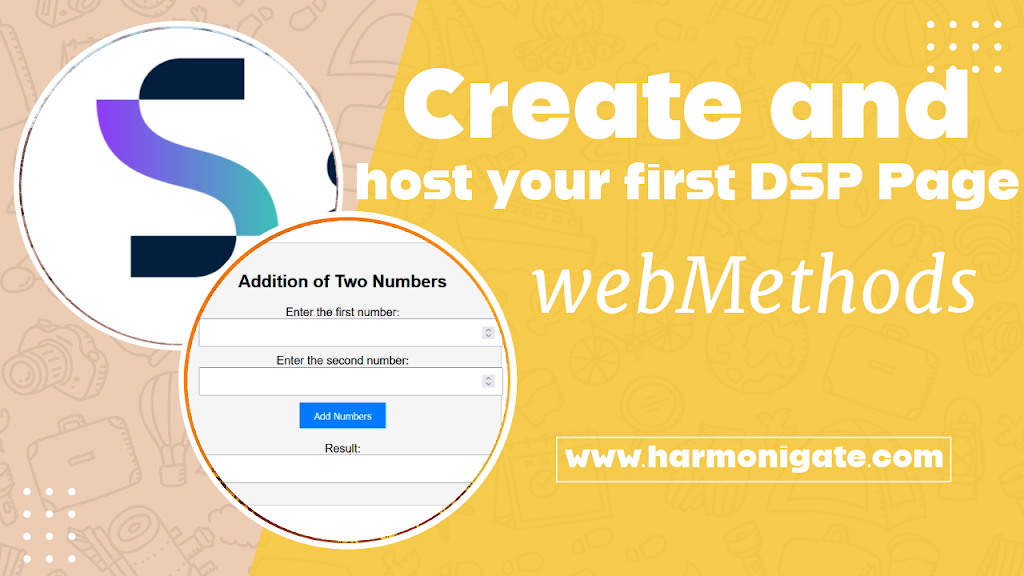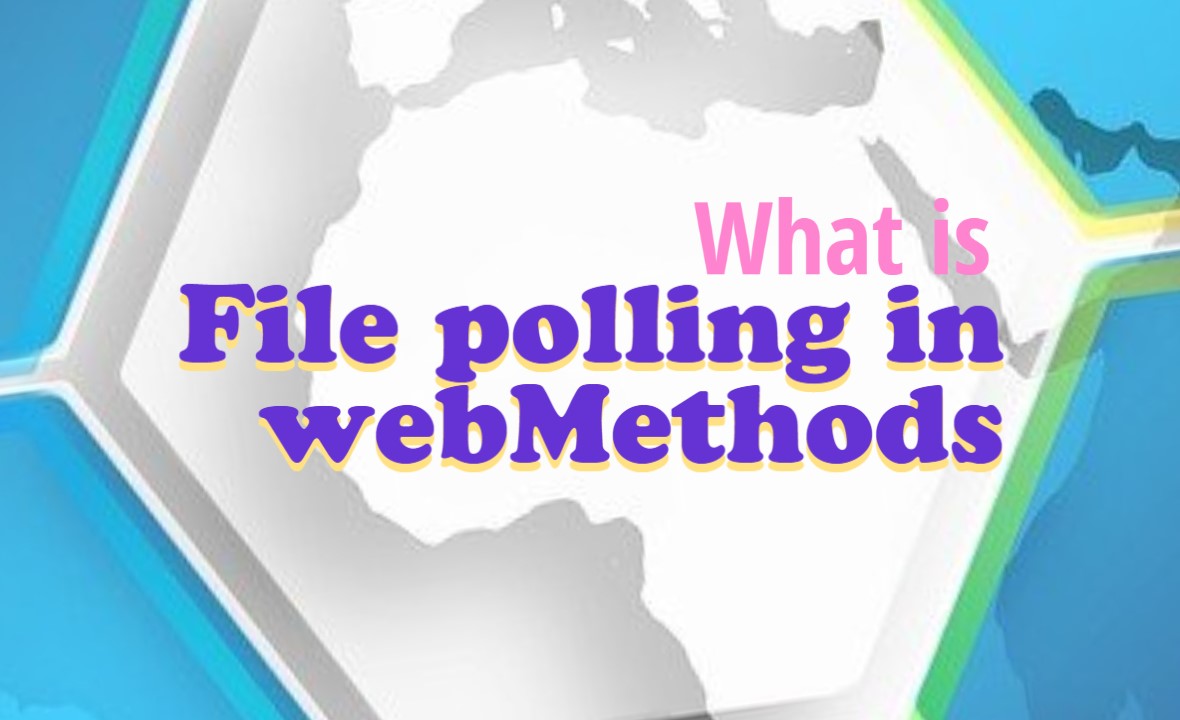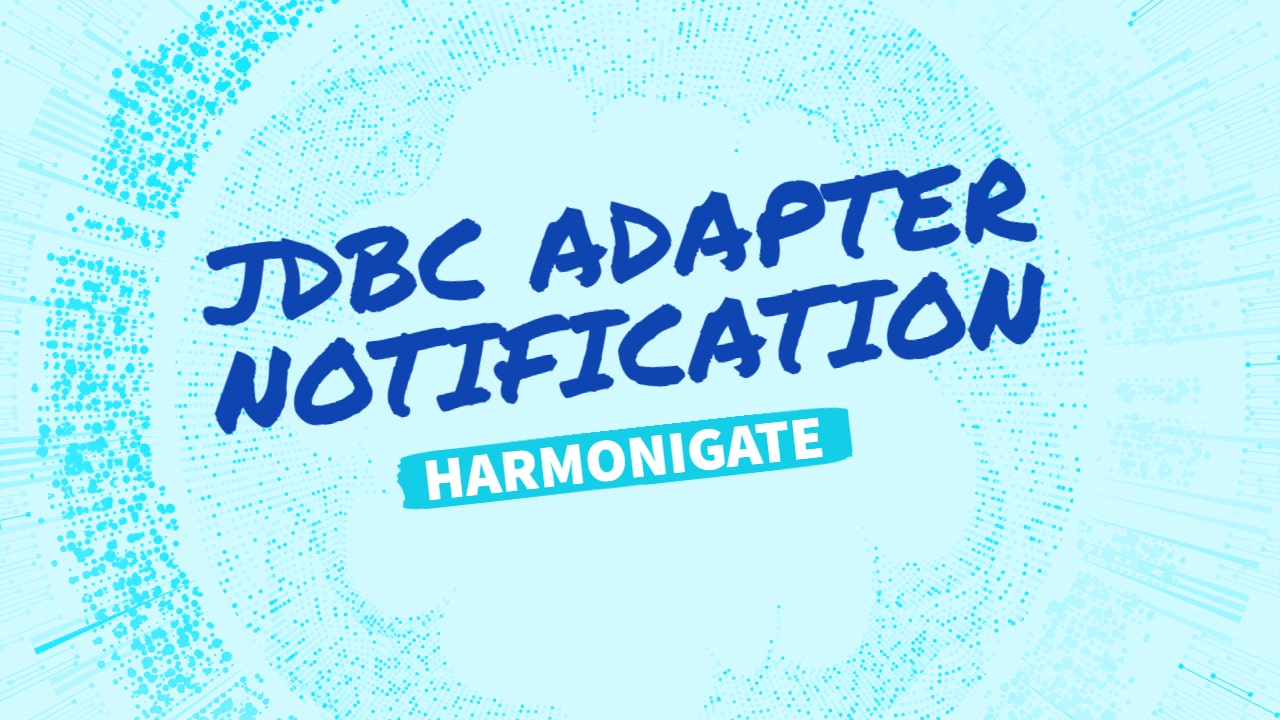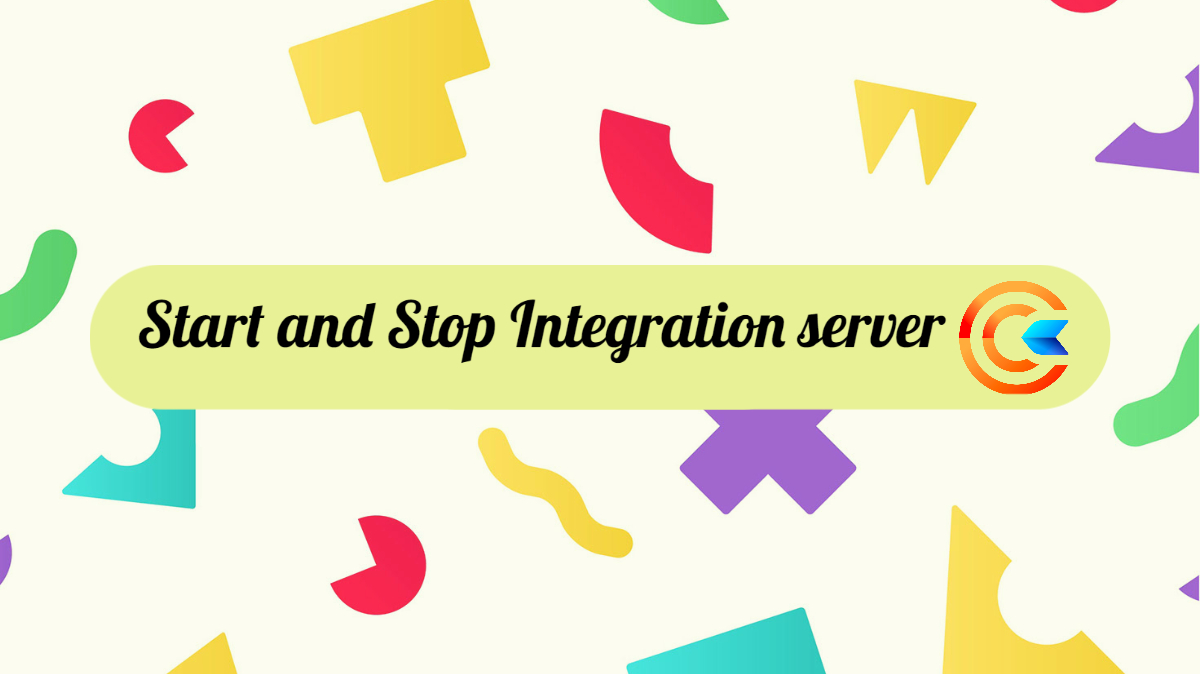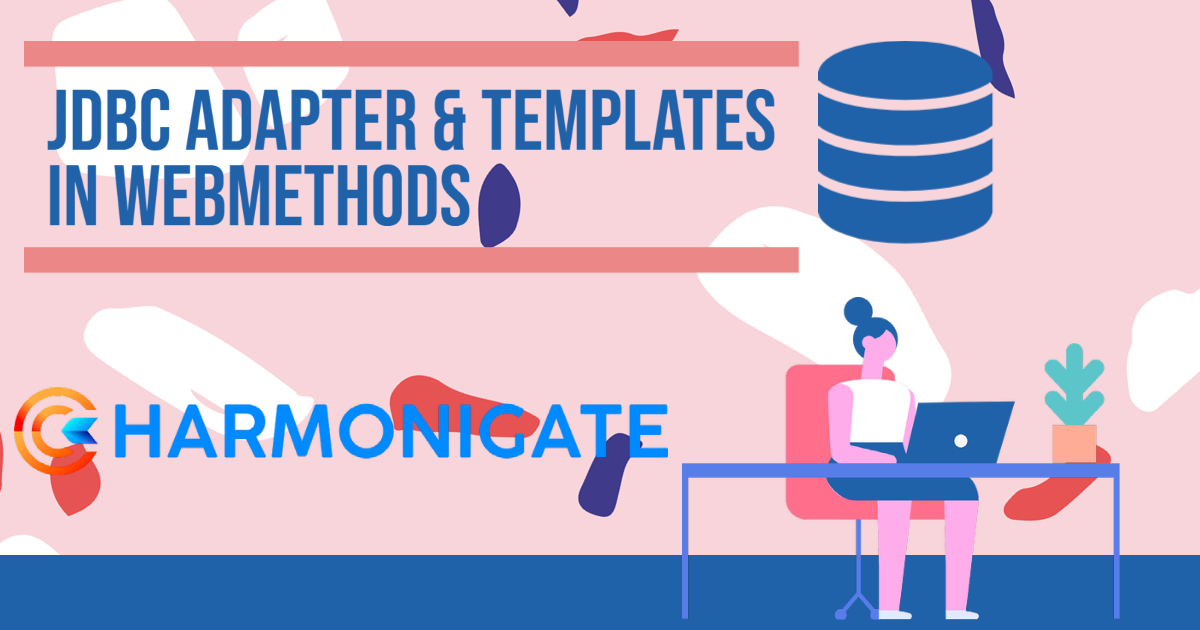SFTP Configuration and Implementation in webmethods
What is SFTP? SFTP(Secure File Transfer Protocol) is a protocol used to transfer files between computers over a network. SFTP is used because it provides strong security features, it encrypts data transmission …

